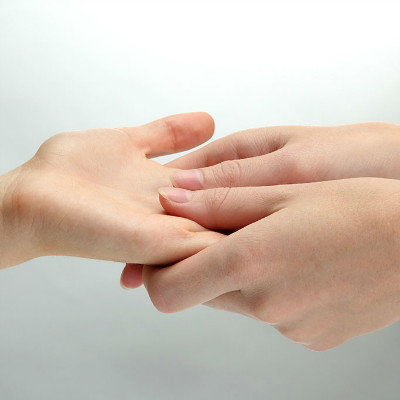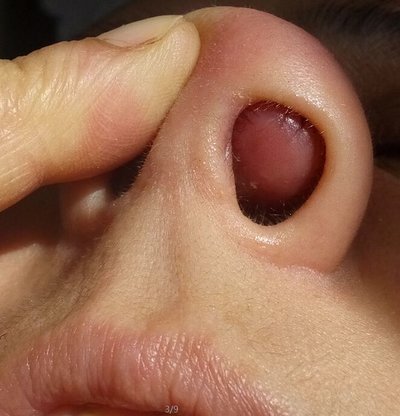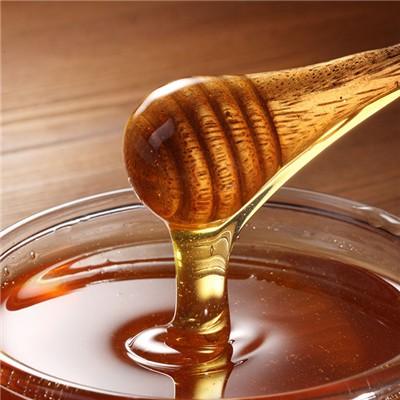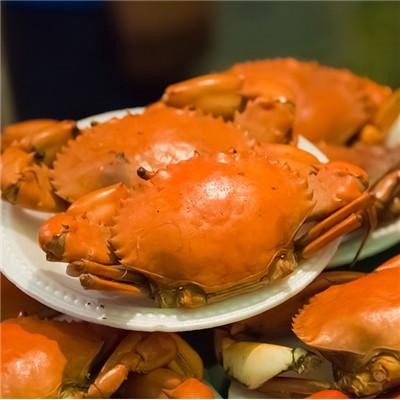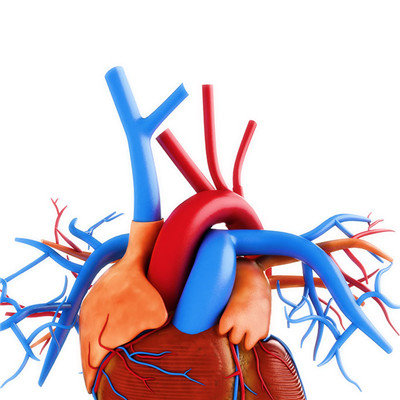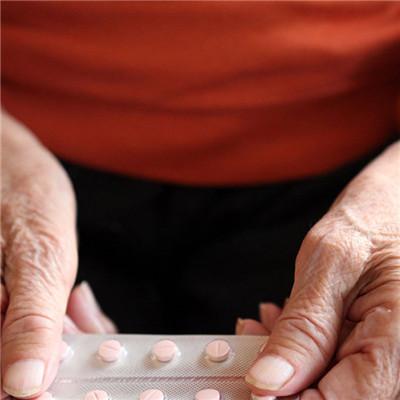Symptoms of mycotic esophagitis
summary
Mycotic esophagitis is mainly caused by Candida albicans infection. Candida is widely distributed in nature. It can be isolated from normal people's skin, mouth, anus and vagina, but the rate of carrying Candida in digestive tract is the highest, accounting for about 50%. But it will not lead to esophagitis in general, when the body condition changes, such as long-term use of broad-spectrum antibiotics; Long term treatment with hormone or anti-tumor drugs; Under the condition of low body resistance caused by chronic diseases and malnutrition, the dynamic balance between host and microorganism is disturbed, and the immune function of the body is damaged, which is prone to mycotic esophagitis. So what are the symptoms of mycotic esophagitis? Let's talk about it.
Symptoms of mycotic esophagitis
Most patients with mycotic esophagitis come to see a doctor because of upper gastrointestinal symptoms, such as feeling of swallowing foreign body, feeling of discomfort behind sternum, acid regurgitation, nausea and fullness. There may also be only epigastric discomfort and anorexia.

Patients will become thinner and thinner, and lose weight, mainly because patients will have difficulty swallowing, and swallowing pain, resulting in patients do not like to eat, resulting in nutritional deficiency. Patients with skin may also appear eczema, urticaria, gastrointestinal discomfort, and even diarrhea symptoms.

Suffering from esophageal fungal infection patients will have throat pain, swallowing food will have difficulty or pain feeling, eat solid food or drink hot drink, dysphagia will be obvious, some patients will have sternal pain or back pain, when perforation occurs, it will aggravate swallowing pain, and there will be upper gastrointestinal bleeding.

matters needing attention
Mycotic esophagitis should be combined with prevention and treatment, especially the infection caused by iatrogenic factors, and the indications of antibiotics and hormones should be strictly controlled to reduce the occurrence of the disease. There are many treatment methods, such as traditional Chinese medicine Xileisan, Yunnan Baiyao, allicin, etc., and Western medicine nystatin, amphotericin B, ketoconazole, fluconazole, itraconazole, etc.




